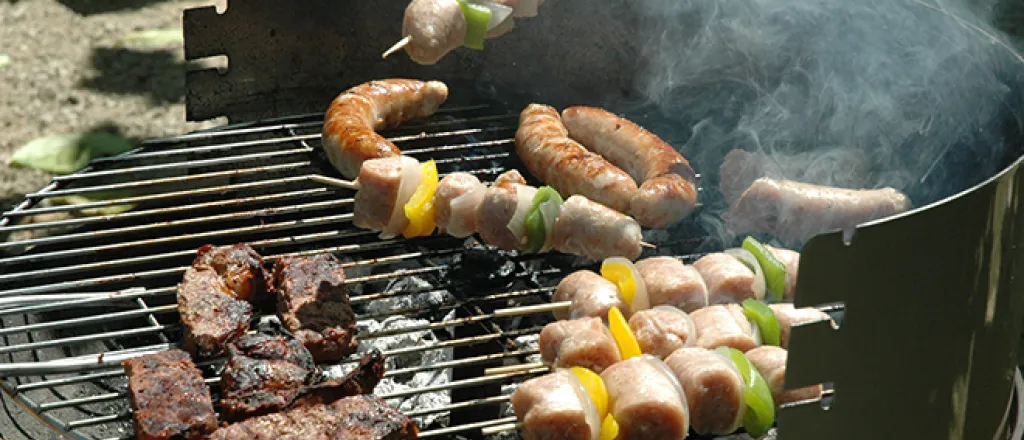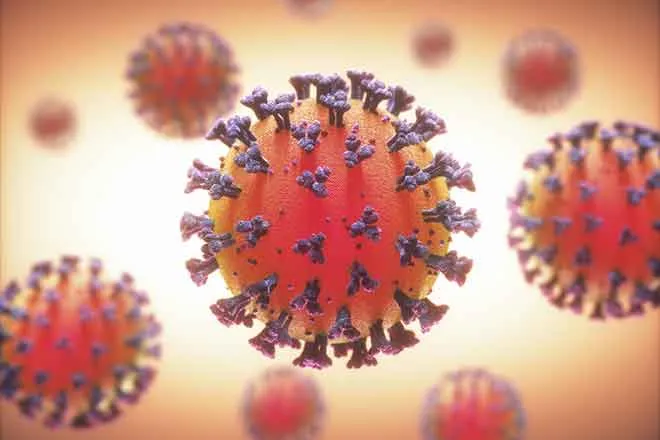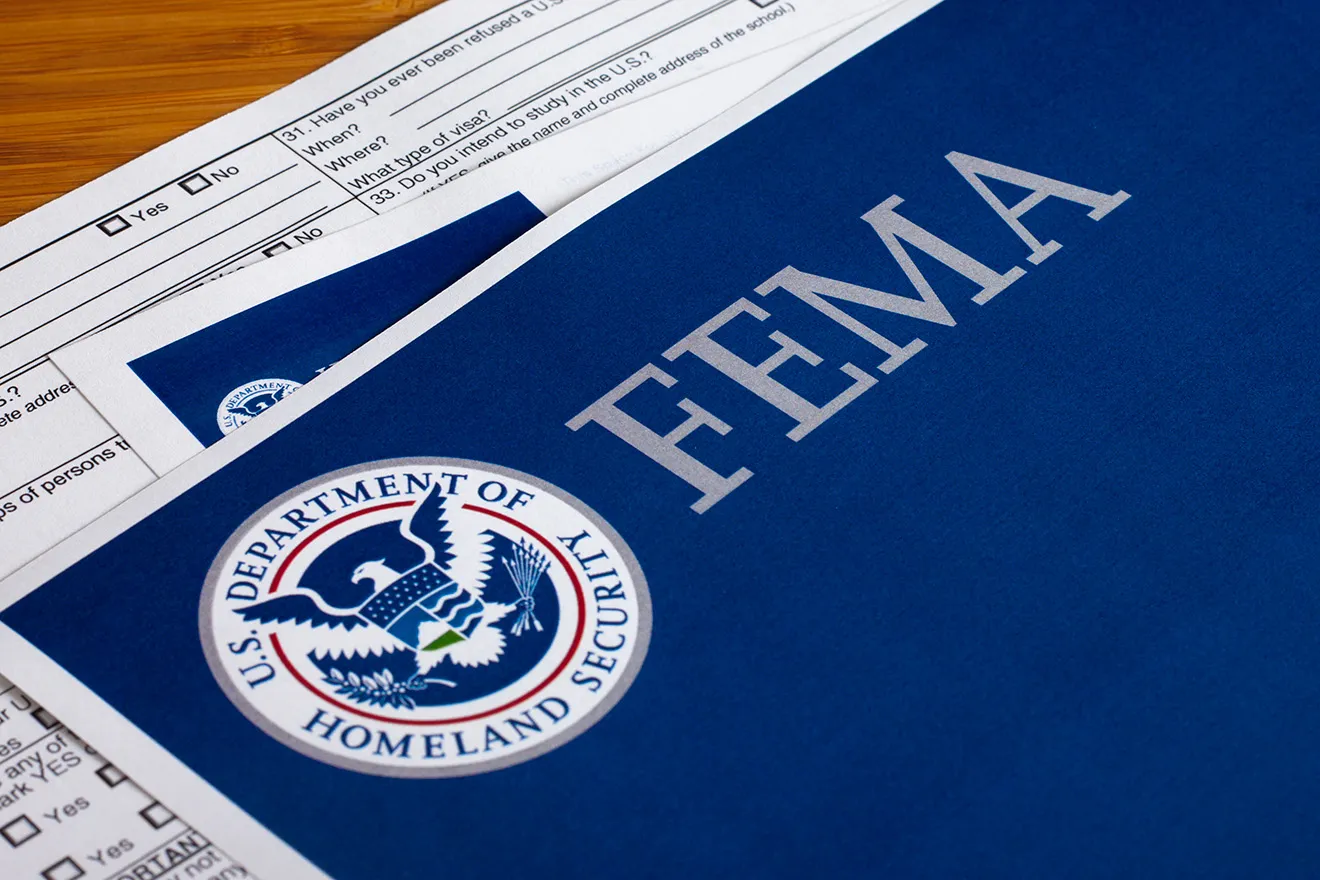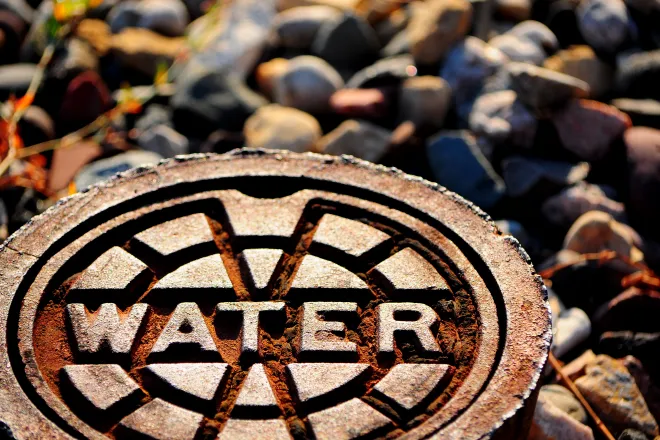Image

7 tips to keep your food safe during summer grilling and picnics
Meats and kababs cooking on a grill. Wikimedia - DimiTalen.
Millions of Americans suffer from foodborne illness each year, resulting in roughly 128,000 hospitalizations and 3,000 deaths, according to the U.S. Centers for Disease Control and Prevention. But with key food safety steps easily integrated into your cookout plans, hosts can provide everyone with a great time this Fourth of July.
Getting Ready
- The easiest way to stop the spread of bacteria around the kitchen is by washing your hands. Before starting, make sure you wash your hands with soap and warm water for at least 20 seconds. Dry them with a clean towel or disposable paper towel.
- Wash your hands immediately after handling meats and poultry. This is the best way to avoid cross-contamination of other foods, spice containers, or preparation surfaces.
- Set your food station table with items that can help you keep cold foods cold and hot foods hot. This will help to keep perishable items out of the danger zone (40-140⁰F).
Cooking to the Safe Temperature
- Regardless of everyone’s tastes, it is important to ensure that all meat and poultry is cooked to the safe minimum internal temperatures as measured by a food thermometer.
- Beef, pork, lamb and veal (steaks, roasts and chops): 145°F with a three-minute rest time
- Fish: 145°F
- Ground meats (beef, lamb, veal, pork): 160°F
- Whole poultry, poultry breasts and ground poultry: 165°F
Keeping Food Safe
- If you plan to have a burger or hot dog toppings bar with items like mayo, sliced tomatoes or avocado, be sure to keep them cold by placing them on a tray of ice. Be sure to replenish the ice as needed!
- Perishable food items should not be left outside for more than two hours if the temperature is at or below 90°F, and only one hour if the temperature is at or above 90⁰F.
- Any leftovers should be refrigerated within 2 hours (1 hour if temperatures are at or above 90⁰F) of being placed outside. If you are not sure how long food has been sitting out, throw it out immediately.
















